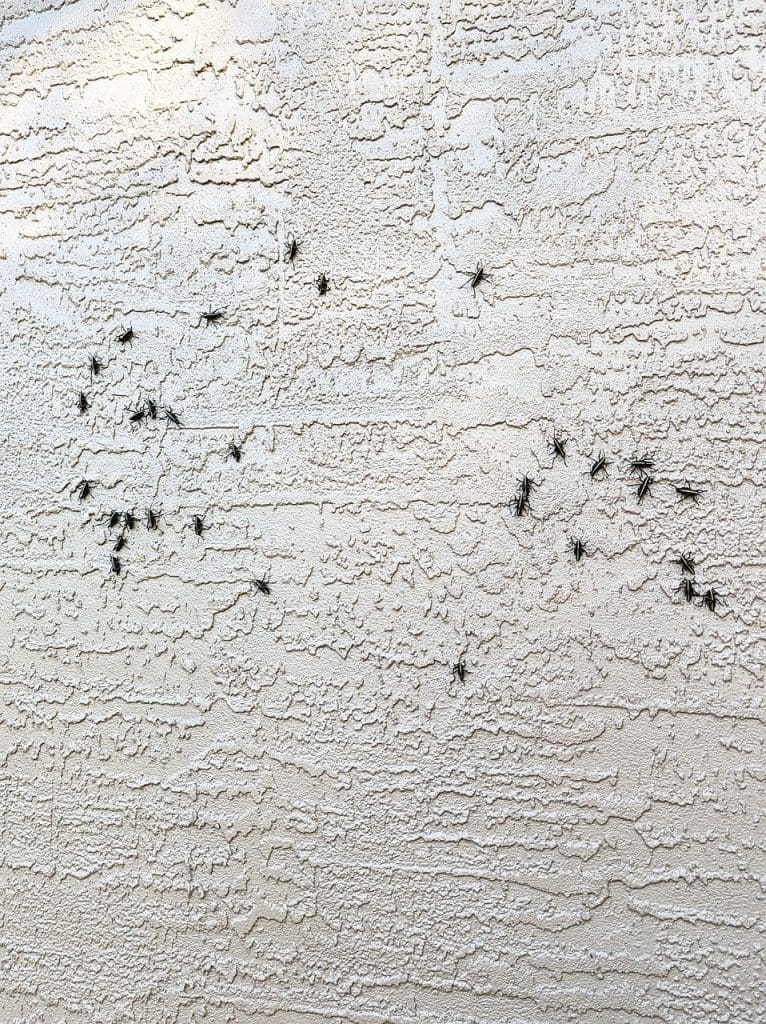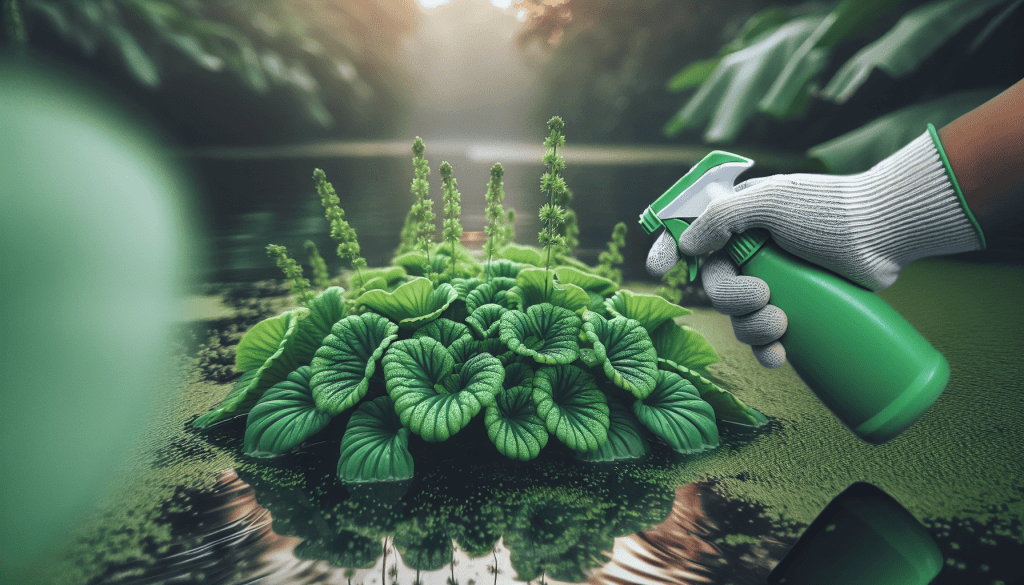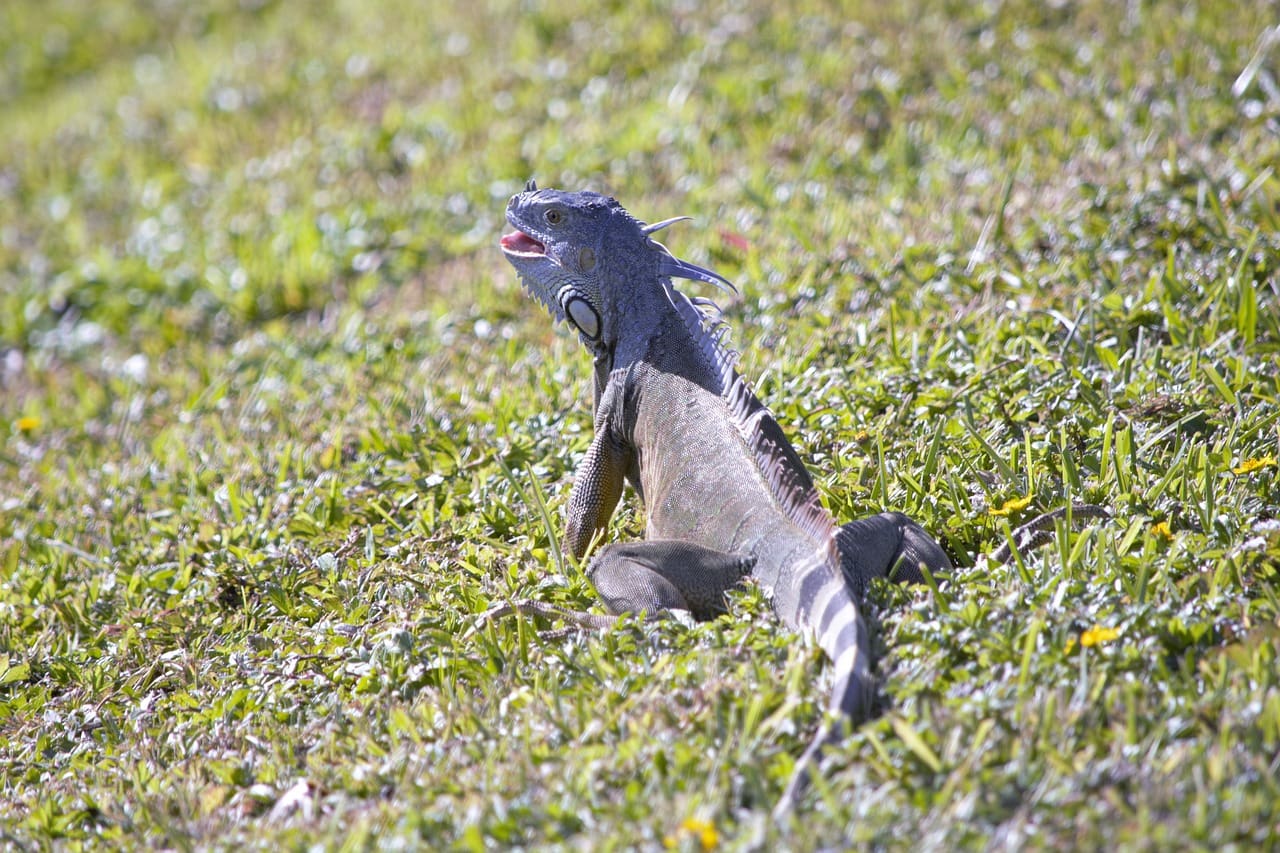Welcome to a journey through the world of environmentally friendly solutions for managing alligator weed, a persistent aquatic plant causing concerns for ecosystems. As a passionate environmental enthusiast, you’ll discover the most effective and popular methods for tackling this invasive species, balancing ecological preservation with practical eradication techniques. Dive in to explore a range of strategies from biological controls to innovative mechanical approaches, all designed to help you protect and restore natural habitats. Have you ever found yourself marveling at the beauty of natural landscapes, only to be troubled by the rapid spread of pesky alligator weed? If you’re an environmental enthusiast, you understand the significance of maintaining the delicate balance of ecosystems. Alligator weed (Alternanthera philoxeroides) is one such invader that threatens the equilibrium of aquatic and terrestrial environments. So, what can you do to combat this aggressive plant? Let’s dive into some of the most popular methods to control alligator weed and keep your favorite natural spots thriving.

Understanding Alligator Weed
Alligator weed is a resilient perennial plant that can cause a myriad of problems in aquatic and terrestrial environments. Originating from South America, it has spread across the globe, particularly through waterways and floodplains. Characterized by its elliptical leaves and white, papery flowers, this weed can form dense mats on the water surface, disrupting marine life and water flow.
Environmental Impact
The environmental impact of alligator weed is significant. It can:
- Disrupt Aquatic Life: Dense mats can block sunlight, reducing oxygen levels and affecting fish and other aquatic organisms.
- Hinder Water Flow: Blockages can cause flooding and impede water movement.
- Outcompete Native Plants: Its aggressive nature can overtake and push out beneficial native vegetation.
Manual Control Methods
Manual control is often the first line of defense against alligator weed. This approach is labor-intensive but essential for small infestations and sensitive areas where chemical methods might not be ideal.
Hand Pulling
Hand pulling involves physically removing the weed from the soil or water. It’s most effective for small infestations and in areas where you can easily access the plants. Be sure to remove the entire plant, including the roots, to prevent regrowth.
- Wear gloves to protect your hands.
- Grasp the plant close to the base.
- Pull steadily to extract the entire root system.
Mechanical Harvesting
Mechanical harvesting uses machinery to cut and remove alligator weed. This method is suitable for larger infestations but can be costly and labor-intensive.
- Pros: Covers large areas quickly, effective for severe infestations.
- Cons: Can’t target tiny or unreachable plants, expensive, potential for regrowth.
Biological Control Methods
Biological control uses natural predators or competitors to manage alligator weed populations. This environmentally friendly approach minimizes chemical use and promotes ecological balance.
Alligator Weed Flea Beetle (Agasicles hygrophila)
The alligator weed flea beetle is a proven biological control agent. Native to South America, it feeds exclusively on alligator weed, reducing plant density significantly.
- Introduction Method: Release beetles in infested areas.
- Monitoring: Regularly check beetle population and weed density.
- Benefits: Self-sustaining, minimal environmental impact.
Alligator Weed Thrips (Amynothrips andersoni)
Alligator weed thrips are another effective biocontrol agent. They feed on the leaves and stems, stunting growth.
- Introduction Method: Release thrips in the infested areas alongside flea beetles for combined effects.
- Monitoring: Evaluate plant health and thrip population periodically.
- Benefits: Provides a sustainable, long-term solution with minimal disruption to the ecosystem.
Chemical Control Methods
Chemical control involves the application of herbicides to kill or inhibit the growth of alligator weed. This method is effective for larger infestations but must be used responsibly to avoid damaging non-target plants and animals.
Herbicide Options
Chemical control requires selecting the right herbicide and application method. Always follow local regulations and guidelines when using chemicals.
| Herbicide | Application Method | Effectiveness | Precautions |
|---|---|---|---|
| Glyphosate | Foliar spray | High | Avoid water contamination |
| Imazapyr | Foliar spray, soil drench | High | Affects non-target species |
| 2,4-D | Spot treatment | Moderate to High | Avoid drift to non-target plants |
| Triclopyr | Foliar spray, stump treatment | High | Requires careful handling |
Application Techniques
Applying herbicides effectively involves careful planning and execution to ensure optimal results with minimal environmental impact.
- Determine the Infestation Area: Map out the affected areas for precise application.
- Choose the Right Time: Apply during active growth phases for maximum absorption (typically spring and summer).
- Use Proper Equipment: Use sprayers with calibrated nozzles to avoid over-application.
- Follow Safety Precautions: Wear protective gear and adhere to the product’s safety guidelines.
Pros and Cons of Chemical Control
| Pros | Cons |
|---|---|
| Quickly reduces weed density | Potential harm to non-target plants |
| Effective for large infestations | Risk of water contamination |
| Can be used in combination with other methods | Requires careful adherence to regulations |

Integrated Pest Management (IPM)
Integrated Pest Management (IPM) combines different strategies to control alligator weed while minimizing environmental impact. This holistic approach uses a combination of manual, biological, and chemical methods tailored to the specific situation.
Steps to Develop an IPM Plan
- Assess the Infestation: Identify the scale and impact of the alligator weed in the affected area.
- Set Objectives: Determine your control goals (e.g., complete eradication or limitation of spread).
- Select Appropriate Methods: Combine manual, biological, and chemical methods based on the infestation.
- Implement Control Measures: Execute the chosen methods effectively and monitor progress.
- Evaluate and Adjust: Continuously evaluate the results and adjust the plan as needed.
Preventative Measures
Prevention is always better than treatment. Implementing preventative measures can help avoid the spread and infestation of alligator weed.
Monitoring and Early Detection
Regularly monitoring your environment for signs of alligator weed is crucial in early detection and prompt management.
- Regular Inspections: Conduct periodic checks, especially in vulnerable areas such as water bodies and floodplains.
- Public Awareness: Educate the community about the importance of early detection and report sightings.
Best Practices for Prevention
Consider these practices to prevent the introduction and spread of alligator weed:
- Clean Equipment: Ensure that machinery and equipment are cleaned after use in infested areas to prevent the spread to new locations.
- Plant Native Species: Promote the growth of native vegetation to outcompete potential invaders.
- Control Water Levels: Manage water levels in ditches and streams to make the environment less hospitable for alligator weed.

Handling Infestations in Sensitive Environments
Certain environments, such as wetlands and protected nature reserves, require special consideration when dealing with alligator weed. The fragile nature of these areas means that traditional control methods might not be suitable.
Tailored Strategies for Sensitive Areas
- Minimal Intrusion: Use manual control methods to avoid disturbing wildlife and native plants.
- Selective Biocontrol: Introduce natural predators cautiously, ensuring they do not affect non-target species.
- Low-Impact Herbicides: If chemical control is necessary, opt for low-impact herbicides and apply with precision.
Future Directions in Alligator Weed Management
Research and development continue to drive advancements in alligator weed management. Scientists and environmentalists are exploring innovative methods to improve control measures and minimize environmental impact.
Genetic and Biotechnological Approaches
Biotechnology offers promising opportunities for the future:
- Genetic Modifications: Developing genetically modified plants resistant to alligator weed could provide a long-term solution.
- Biocontrol Enhancements: Enhancing the effectiveness of natural predators through genetic adjustments.
Community Involvement and Education
Educating and involving the community plays a vital role in sustainable alligator weed management:
- Community Cleanups: Organize community efforts to physically remove alligator weed.
- Education Programs: Raise awareness about the importance of controlling invasive species and preserving native ecosystems.

Conclusion
Controlling alligator weed is a challenging but crucial task for maintaining healthy ecosystems. As an environmental enthusiast, you have the power to make a difference by using the right combination of manual, biological, chemical, and preventative measures. By staying proactive and informed, you contribute to the preservation of natural landscapes for future generations to enjoy.
So, what’s your next step in battling alligator weed? Whether you’re grabbing your gloves for some hand pulling or rallying your community for a local cleanup, every effort counts in restoring and preserving the beauty of our world.
